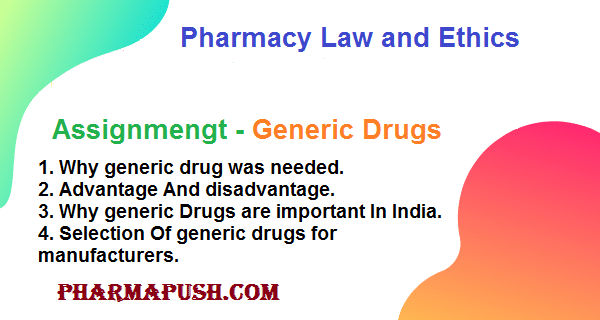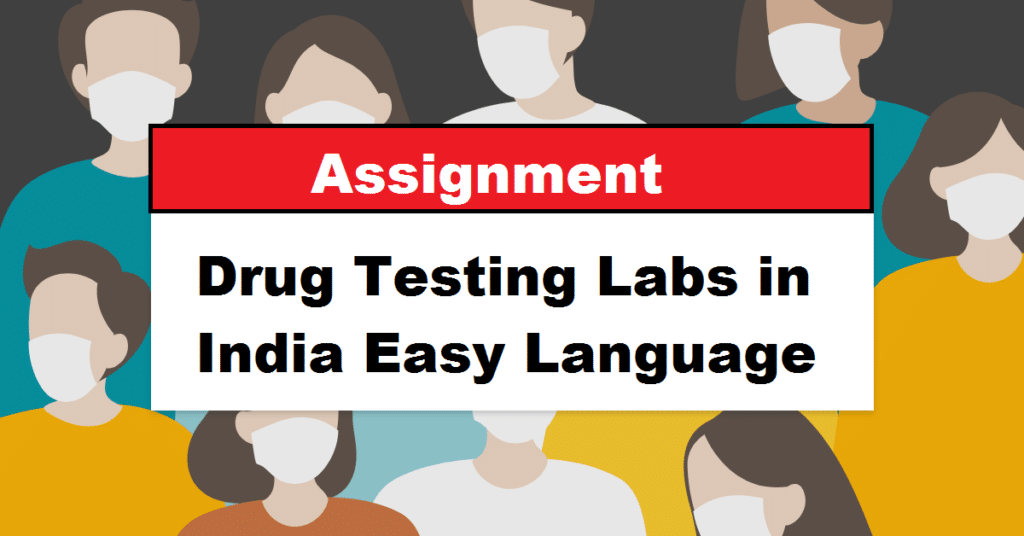Schedule H1 Drugs
The Term “Schedule H1 drugs” are a category of drugs that are regulated by the Indian government’s drug laws. In India, drugs are classified into different schedules based on their potential for abuse, therapeutic value, and other factors. Schedule H1 specifically refers to a category of prescription drugs with stricter regulations to control their sale and distribution.
The Schedule H1 Nortification of the Government of India on Aug 30, 2013, as an amendment to the Drug and Cosmetics Rule of 1945, has now come into force medicines. Schedule H1 includes certain prescription drugs that are considered to have a higher potential for misuse or abuse. These drugs often have a significant therapeutic value but are subject to more stringent regulations to prevent misuse.
The schedule is primarily intended to control the rampant use (that probably includes a large component of misuse through over-the-counter (OTC) dispensing) of antibiotics in India. This intention is laudable. It is an open secret that practically any drug is OTC in India and can be procured in small or large quantities if one knows the right retailers and distributors.
People who are below the poverty line, and even those who are not so, prefer to approach friendly neighborhood retailers for minor symptoms, who are more than ready to oblige by handing over small quantities of various drugs, including supply of antibiotics for 2-3 days, for immediate symptom relief. This, we assume, is done in good faith but the long-term consequences are anybody’s guess. Easy availability coupled with irrational prescribing of antibiotics by doctors at all levels is contributing to increasing resistance to antibiotics and increasing drug resistant TB cases in India.
SCHEDULE H1 DRUG WARNING
- It is dangerous to take this preparation accordance with the medical advice.
- Not to be sold by retail without the prescription of a Registered Medical Practitioner.
Rules for Selling of drugs under Schedule H1
The rules for selling drugs under Schedule H1 in India were governed by the Drugs and Cosmetics Act, 1940, and the Drugs and Cosmetics Rules, 1945. Please note that regulations may have been updated or amended since then, and it is crucial to refer to the latest legal documents and notifications for the most current information. Here are some general rules and considerations for selling drugs under Schedule H1:
- Prescription Requirement:
- Drugs listed under Schedule H1 can only be sold against a valid prescription from a registered medical practitioner. The prescription should include essential details such as the patient’s name, the doctor’s name and registration number, dosage instructions, and the duration of treatment.
- Record-Keeping:
- Pharmacists and sellers are required to maintain detailed records of the sale of drugs under Schedule H1. This includes keeping a record of prescriptions, the quantity of drugs sold, and the details of the patient.
- Labeling and Packaging:
- Drugs under Schedule H1 should be labeled and packaged in accordance with the guidelines specified by the regulatory authorities. Proper labeling is essential to provide information about the drug, its usage, and potential side effects.
- Awareness and Education:
- There may be initiatives to create awareness among healthcare professionals, pharmacists, and the public about the importance of using drugs listed under Schedule H1 responsibly. This includes educating both prescribers and consumers about the potential risks associated with these drugs.
- Enforcement:
- Regulatory authorities, such as the Central Drugs Standard Control Organization (CDSCO), are responsible for enforcing the rules related to the sale of drugs under Schedule H1. Inspections and monitoring activities may be conducted to ensure compliance with regulations.
- Penalties for Violations:
- Violations of the rules regarding the sale of drugs under Schedule H1 may result in penalties, including fines and legal action against the seller or pharmacist.
Schedule H1 Drugs Implementation in India
The implementation of Schedule H1 drugs in India began in 2014 when the government issued a notification mandating that all such drugs be labeled with a red vertical stripe and bear the words “Rx” on the label. This was done to make it easier for patients to identify such drugs and to prevent their indiscriminate use. This visual identification system helps patients and healthcare professionals easily recognize and differentiate Schedule H1 drugs from other medications.
The use of a red stripe and the “Rx” symbol on the label serves as a visual cue to emphasize that these drugs should only be dispensed against a valid prescription from a registered medical practitioner. This measure aligns with the broader goal of ensuring responsible prescribing, dispensing, and use of medications with a higher potential for misuse or abuse.
Some key details regarding the implementation of Schedule H1 drugs in India are as follows:
- Definition: Schedule H1 drugs are defined as prescription-only medicines that are required to be dispensed by a registered pharmacist against a valid prescription issued by a registered medical practitioner.
- List of drugs: The Ministry of Health and Family Welfare has issued a list of drugs that fall under the Schedule H1 category. This list is periodically updated based on inputs from the Drugs Technical Advisory Board (DTAB) and the Drugs Consultative Committee (DCC).
- Labeling requirements: All Schedule H1 drugs must bear a label that includes the following information:
- Name of the drug
- Strength of the drug
- Name and address of the manufacturer
- Batch number
- Date of manufacture
- Expiry date
- Maximum retail price
- The red vertical stripe and the “Rx” symbol
- Sales and distribution: Schedule H1 drugs can only be sold by registered pharmacies and licensed wholesalers to registered medical practitioners. They cannot be sold over the counter to patients without a valid prescription.
- Prescription requirements: Medical practitioners are required to write prescriptions for Schedule H1 drugs in a specific format, which includes the following details:
- Name, address, and registration number of the medical practitioner
- Name, age, and address of the patient
- Name of the drug
- Strength of the drug
- Dose and duration of treatment
- Signature of the medical practitioner
- Monitoring and enforcement: The government has set up a system to monitor the sales and distribution of Schedule H1 drugs to ensure compliance with the regulations. Non-compliance can result in penalties and even cancellation of the license to sell or distribute such drugs.
Overall, the implementation of Schedule H1 drugs in India has helped to regulate the sale and distribution of prescription drugs and prevent their misuse and abuse. However, it is important for patients and healthcare providers to remain vigilant and adhere to the regulations to ensure the safe and effective use of these drugs.
It’s crucial to check the most recent notifications, circulars, and legal documents issued by the Central Drugs Standard Control Organization (CDSCO) or the Ministry of Health and Family Welfare and other relevant authorities to understand the current implementation of Schedule H1 drugs in India. Additionally, consulting with legal or regulatory experts in the pharmaceutical field can provide specific insights into the current requirements and practices.
To obtain the most current and accurate information regarding the Schedule H1 drugs list, you should refer to official government sources, particularly the CDSCO website or notifications from the Ministry of Health and Family Welfare. These documents usually provide details about the drugs included in Schedule H1, along with any modifications to the list.
List of Schedule H1 Drugs
The List of drugs that include in the new Schedule H1 are Alprazolam, Balofloxacin, Buprenorphine, Capreomycin, Cefdinir, Cefditoren, Cefepime, Cefetamet, Cefixime, Cefopeiazone, Cefotaxime, Cefpirome, Cefpodoxime, Ceftazidime, Ceftibuten, Ceftizoxime, Ceftriaxone, Chlordiazepoxide, Clofazimine, Codeine, Cycloserine, Diazepam, Diphenoxylate, Doripenem, Ertapenem, Ethambutol Hydrochloride, Ethionarnide, Feropenem, Gemifloxacin, Imipenem, Isoniazid, Levofloxacin, Meropenem, Midazolam, Moxifloxacin, Nitrazepam, Pentazocine, Prulifloxacin, Pyrazinamide, Rifabutin, Rifampicin. Sodium Para-aminosalicylate, Sparfloxacin, Thiacetazone, Tramadol and Zolpidem.
Note- Preparations containing the above drug substances and their salts excluding those intended for topical or Enternal use (except ophthatmic and ear or nose preparations) containing above substances are also covered by this Schedule.


